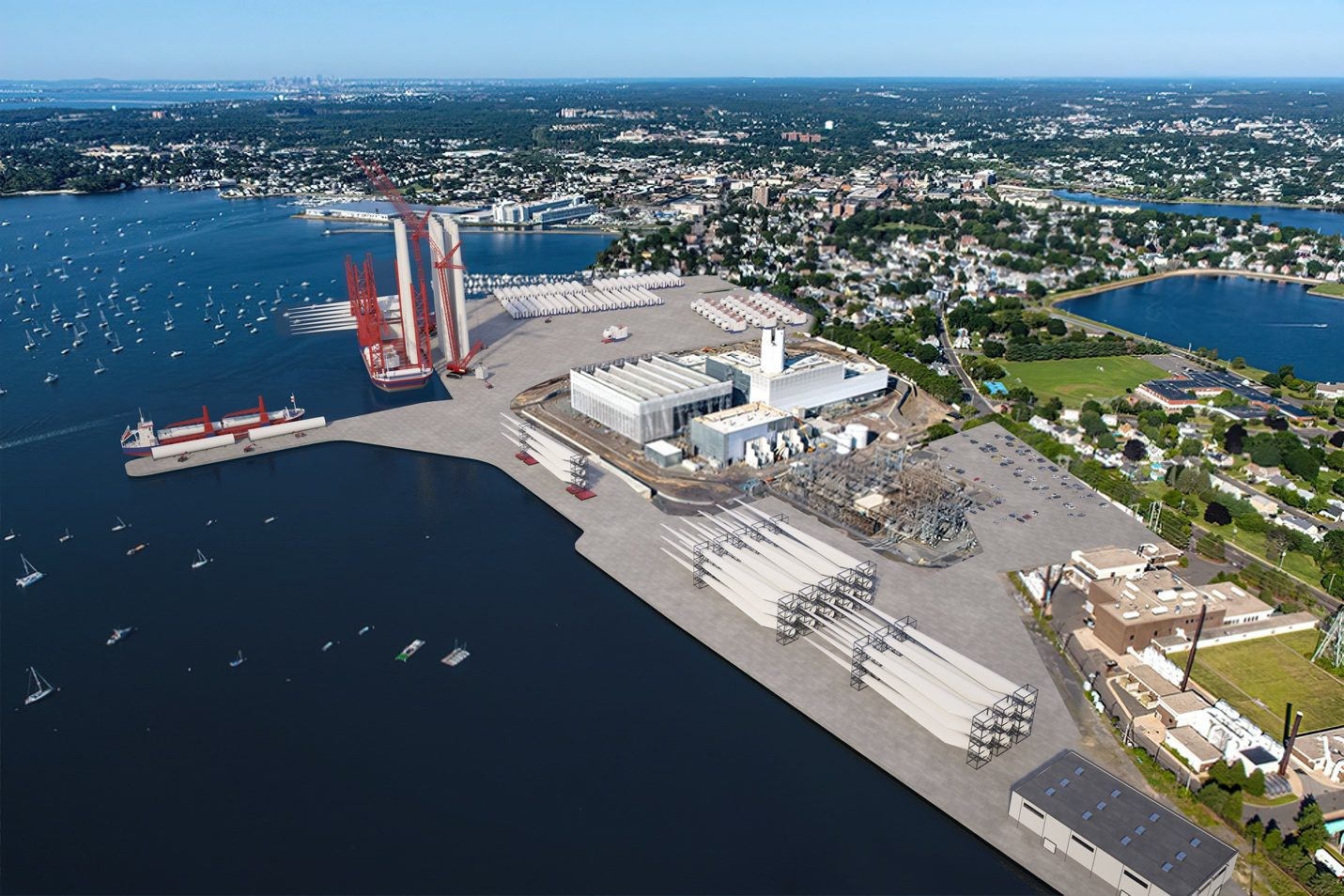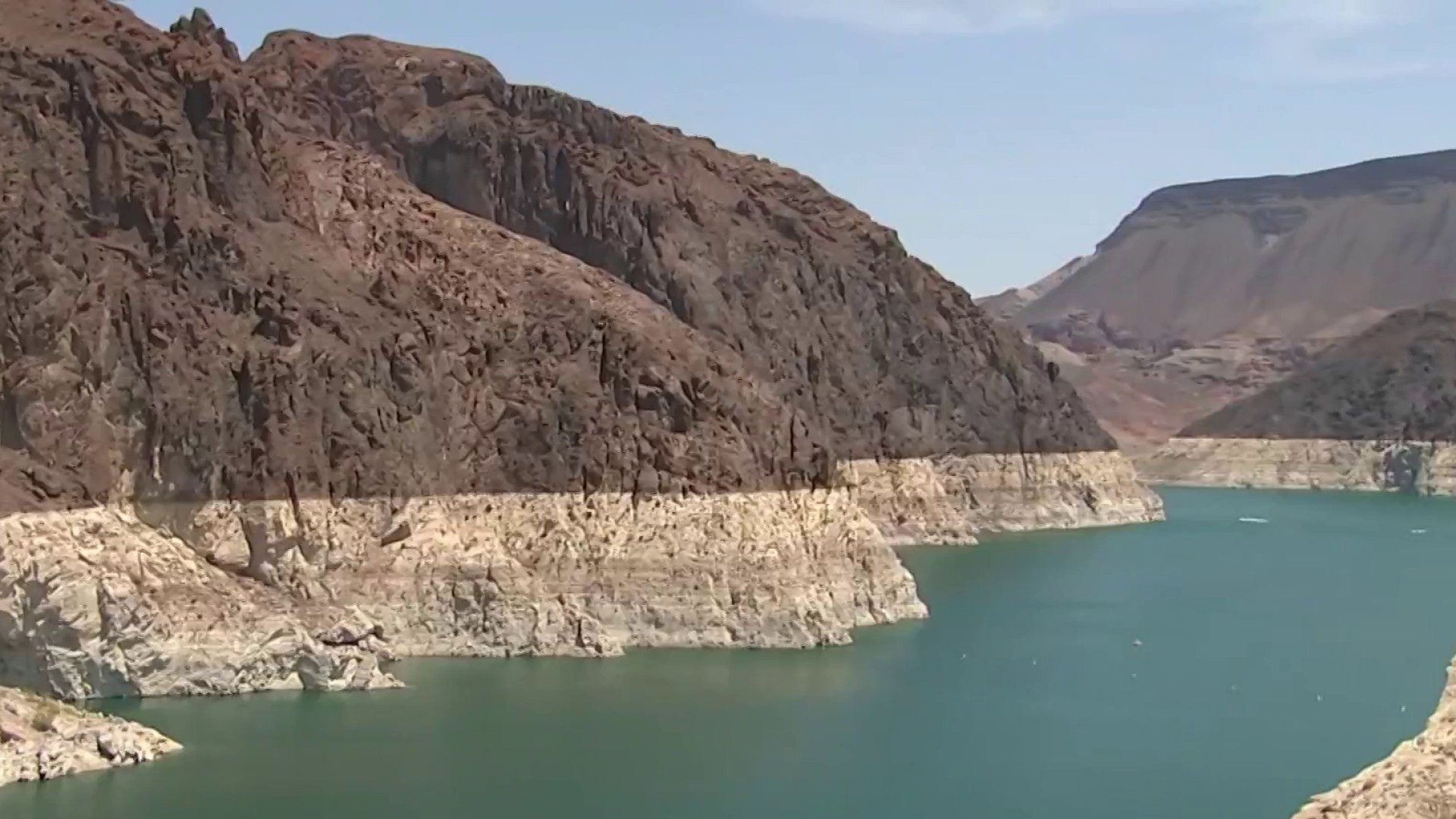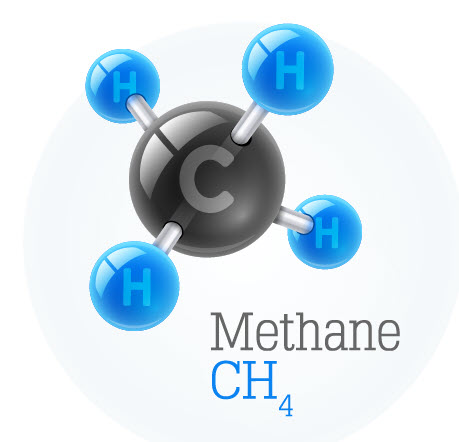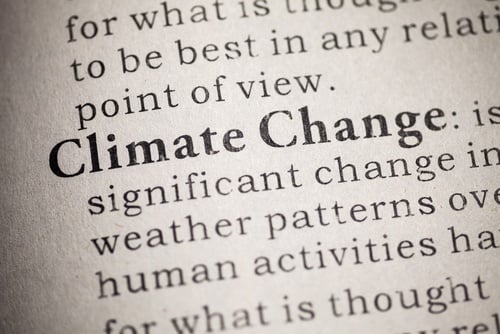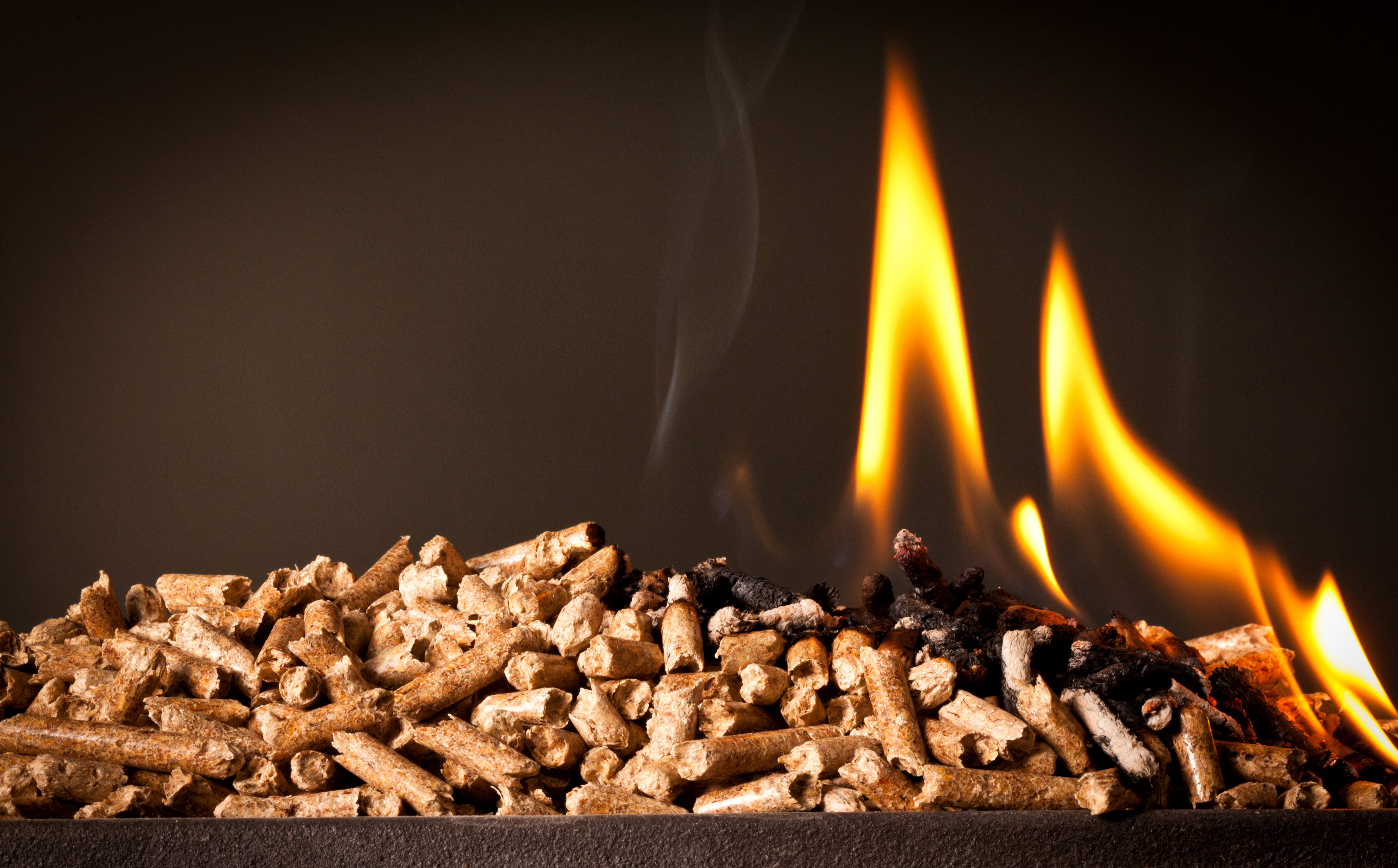Brayton Point in Somerset was once the largest coal-fired plant in Massachusetts, and was the last to be decommissioned in 2017.
ESG & Industry Updates
Offshore Wind Breathes New Life into Old Coal Facility in MA
Posted by Kelly Burke on Mar 25, 2022 10:45:00 AM
Topics: Massachusetts, Climate Change, Clean Energy, offshore wind
Oh Truck No! Three Northeast States Adopt Zero Emission Vehicle Rules
Posted by Kelly Burke on Mar 23, 2022 10:31:17 AM
The Advanced Clean Truck Rule, first adopted in California, has been adopted by three Northeastern States as well - namely, Massachusetts, New York & New Jersey. The rule requires an increasing percentage of medium & heavy duty trucks sold to be Zero Emission Vehicles (ZEV), beginning in 2025. The Act requires manufacturers to participate in a credit/deficit program to increase the number of ZEVs sold in the state, and a one time report detailing in-state operation of vehicles over 8500lb to "inform future decisions about emission reductions from the transportation sector".
Topics: Massachusetts, Climate Change, Carbon Emissions, Emissions, environmental justice
Over 70% of the American West, Southwest and Northern Plains has been categorized as a D3 (severe) drought or higher since June. In October, the US Bureau of Reclamation issued its 5 year projections for the Colorado River, which serves 40 million people in the American West. Projections help management consultants better plan for future demands and determine allocations appropriately based on the data.
Topics: Energy Infrastructure, Climate Change, hydro-electric
Preserving Forests is Critical to Slowing Carbon Change
Posted by Kelly Burke on Dec 14, 2021 11:55:00 AM
A groundbreaking report “Avoided Deforestation: A Climate Mitigation Opportunity in New England and New York” was released in September by a Clark University research group. The study measures the levels of climate mitigation that could be achieved in the Northeast if deforestation was prevented.
Topics: Climate Change, Carbon Emissions
Everything Old is New Again - Methane Regulations on the Agenda
Posted by Kelly Burke on Nov 4, 2021 12:21:54 PM
The Biden Administration has announced new methane regulations from the COP26 Climate Summit in Glasgow, Scotland this week. Estimates are that the new regulations will affect up to 75% of the methane emissions in the United States. Regulations will apply largely to the Oil & Gas industry, specifically addressing “flaring” (purposeful venting) during production and leaks across the system infrastructure.
Methane is responsible for up to 30% of global warming, according to the UN Environment Program, and is estimated to be 25 times more potent than Carbon Dioxide. In recent years this had led to more focus on methane (versus Carbon) emissions, as because of the potency, decreases in methane are much more likely to have a faster and more meaningful impact on slowing Climate Change.
Topics: methane, Climate Change, Biden Administration
Infrastructure & Jobs Bill clears Senate, faces Hurdles in the House
Posted by Kelly Burke on Aug 11, 2021 11:43:09 AM
The Biden Administration's 1 trillion dollar Infrastructure Package, the "Infrastructure Investment and Jobs Act" passed the Senate on Tuesday, with a voting margin of 69-30, meaning the passage was far more bipartisan than we are used to seeing as of late.
Topics: Energy Infrastructure, Climate Change, Biden Administration
The New Recovery Proposal: Infrastructure, Transportation & Climate Change, Oh My
Posted by Kelly Burke on Apr 2, 2021 4:18:58 PM
This Wednesday, the Biden Administration unveiled a 2 trillion dollar transportation, infrastructure and economic recovery package. The goal of the bill is to create jobs, fix/upgrade US infrastructure, and combat climate change as the country attempts to recover from the COVID induced economic slump.
Topics: Stimulus, Climate Change, covid-19, Biden Administration
MA Passes Landmark Climate Change & Environmental Justice Bill
Posted by Kelly Burke on Apr 1, 2021 3:07:36 PM
Friday, March 23rd, Massachusetts Governor Charlie Baker signed into law Senate Bill 9 "An Act Creating a Next Generation Roadmap for Massachusetts Climate Change Policy" that includes provisions described as "some of the most aggressive greenhouse gas emissions reductions targets in the country"
Topics: EV Charger, Massachusetts, Climate Change, Carbon Emissions, renewable energy, environmental justice
New Administration, New Focus - Executive Orders & Industry Impacts
Posted by Kelly Burke on Jan 28, 2021 5:59:19 PM
The new Administration is off to a running start, as Wednesday saw a flurry of Executive Orders come out, many of which deal with climate change, and the oil & gas industry. There are a lot of items, and they are all pretty detailed with substantial backstory, but we are going to try and briefly touch on the three major items relevant to the industry and quickly go over the main points (or, try to at least!)
Topics: Keystone XL, Climate Change, clean power plan, Biden Administration, paris accord
Climate Change Controversy Heats Up on Wood Pellets
Posted by Kelly Burke on Dec 22, 2020 10:48:08 AM
Topics: Climate Change, Carbon Emissions, renewable energy
Subscribe to Email Updates
Recent Posts
Posts by Topic
- Carbon Emissions (42)
- Climate Change (32)
- renewable energy (30)
- Oil & Energy Magazine (26)
- EPA (24)
- Massachusetts (21)
- Biden Administration (18)
- decarbonization (15)
- Biodiesel (12)
- natural gas (12)
- EPA Mandate (11)
- RFS (11)
- Biofuels (10)
- Keystone XL (10)
- Solar (10)
- methane (10)
- Clean Energy (8)
- Energy Independence (8)
- Energy Infrastructure (8)
- Safety (8)
- Biodiesel Tax Credit (7)
- Emissions (7)
- Ethanol (7)
- offshore wind (7)
- Cellulosic Ethanol (6)
- EV Charger (6)
- RINs (6)
- environmental justice (6)
- ev (6)
- Fracking (5)
- Inflation Reduction Act (5)
- Technology (5)
- Trump Administration (5)
- US Crude Exports (5)
- electric vehicles (5)
- maine (5)
- tesla (5)
- ACT (4)
- Mass DOER (4)
- TransCanada (4)
- Utility Rates (4)
- massachusetts biodiesel mandate (4)
- obama (4)
- paris accord (4)
- CARB (3)
- CRUDE (3)
- Carbon Capture (3)
- Clean Fuel Production Credit (3)
- E85 (3)
- Emergency Fuel (3)
- Massachusetts Clean Cities (3)
- Waste Feedstock Biodiesel (3)
- battery (3)
- clean power plan (3)
- fuel management (3)
- net-zero (3)
- remote tank monitoring (3)
- renewable diesel (3)
- solid state battery (3)
- AI (2)
- AVs (2)
- Bioheat (2)
- Commodities (2)
- Congress (2)
- Customer Service (2)
- DOT (2)
- EIA (2)
- Emergency Generator Program (2)
- HFCs (2)
- Hurricane Sandy (2)
- IMO 2020 (2)
- MIT (2)
- Marinas (2)
- New York (2)
- Refinery Closures (2)
- Safe Driving Policy (2)
- TCI (2)
- US Energy Boom (2)
- ZEV (2)
- autonomous vehicles (2)
- china (2)
- clean air act (2)
- coal (2)
- driver shortage (2)
- electricity rates (2)
- emergency response (2)
- environment (2)
- ferc (2)
- geothermal (2)
- hydro-electric (2)
- hydrogen (2)
- national grid (2)
- net metering (2)
- power plant emissions (2)
- railcar regulations (2)
- tariff (2)
- API (1)
- Air conditioning (1)
- Baiji Refinery (1)
- Blend Wall (1)
- Brent Crude (1)
- Brent vs WTI (1)
- CFCs (1)
- Cell Phone Policy (1)
- Clean Water Act (1)
- Election Results (1)
- Energy Efficiency (1)
- Environmental Impact Study (1)
- Environmentally Friendly Products (1)
- Ethanol Tax Credit (1)
- FEMA (1)
- Fiscal Cliff (1)
- Gas Tax (1)
- Gasoline Supply Crunch (1)
- Hazmat (1)
- Heat Tax (1)
- Highway Trust Fund (1)
- Holyoke (1)
- Hybrid (1)
- ISIS (1)
- Iraq (1)
- Kigali Amendment (1)
- MOC (1)
- Market analysis (1)
- Mayflower (1)
- Montreal Protocol (1)
- NORA (1)
- Natural Gas Pipeline Explosion (1)
- New Jersey (1)
- Oil Barrel Tax (1)
- PFC (1)
- Pegasus Pipeline (1)
- Propane Autogas (1)
- Stimulus (1)
- Syria (1)
- Tank Truck Safety Training (1)
- Tax Increases (1)
- Tier 3 Gasoline Standard (1)
- Times Square (1)
- VEEP (1)
- Workplace Risk (1)
- agriculture (1)
- algonquin pipeline (1)
- alternative energy (1)
- altwheels (1)
- astm (1)
- bionic leaf (1)
- bitcoin (1)
- boston (1)
- clean heat standard (1)
- covid-19 (1)
- energy storage (1)
- eversource (1)
- export ban (1)
- fixed pricing (1)
- fuel (1)
- fuel efficiency (1)
- fuel marketers news (1)
- gas leaks (1)
- heating oil (1)
- hurricane harvey (1)
- inflation (1)
- irving oil (1)
- marketing (1)
- nuclear (1)
- online fuel buying (1)
- ozone (1)
- photovoltaic (1)
- pilot program (1)
- pipeline (1)
- power plants (1)
- propane (1)
- renewable natural gas (1)
- russia (1)
- sanctions (1)
- senate (1)
- shale (1)
- social media (1)
- social media for business (1)
- space (1)
- tablets (1)
- tennessee pipeline (1)
- ukraine, (1)
- value added services (1)
- vineyard wind (1)

